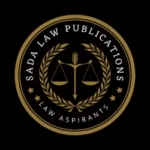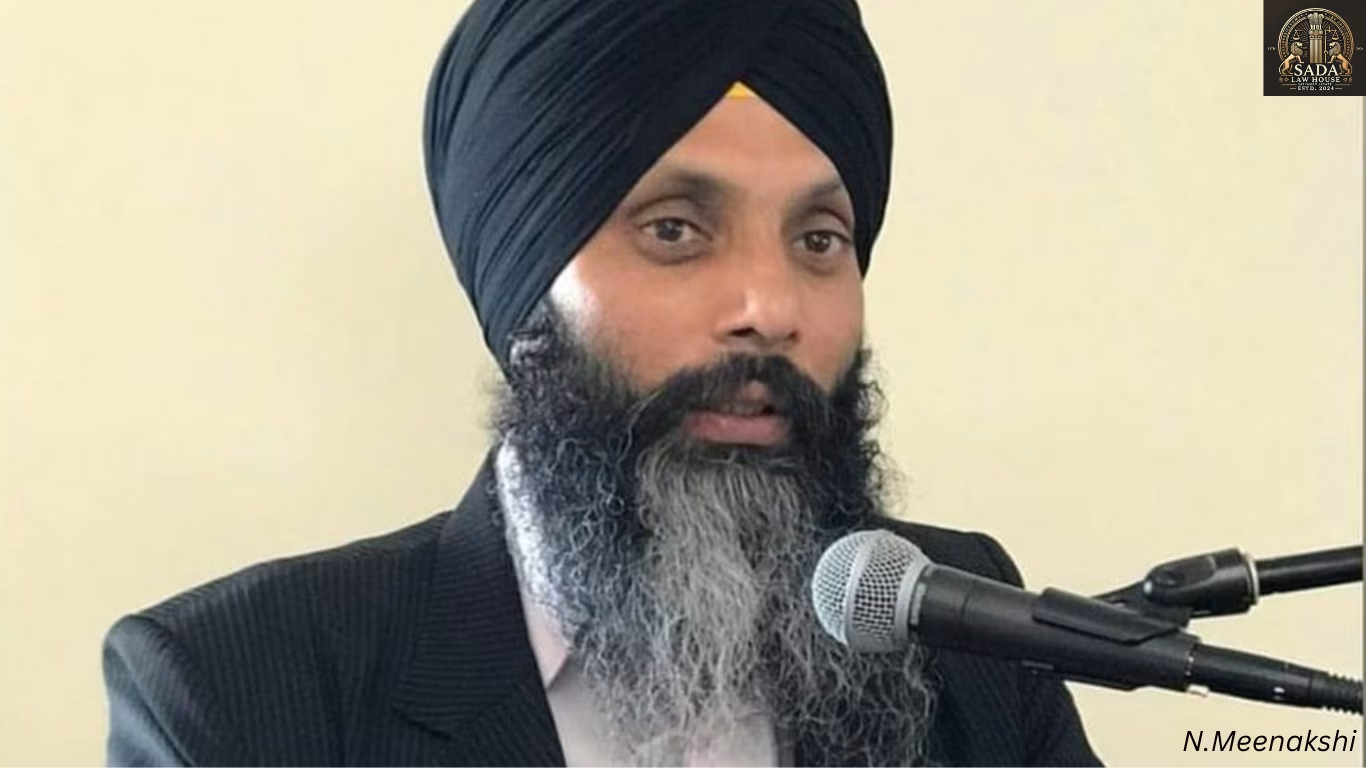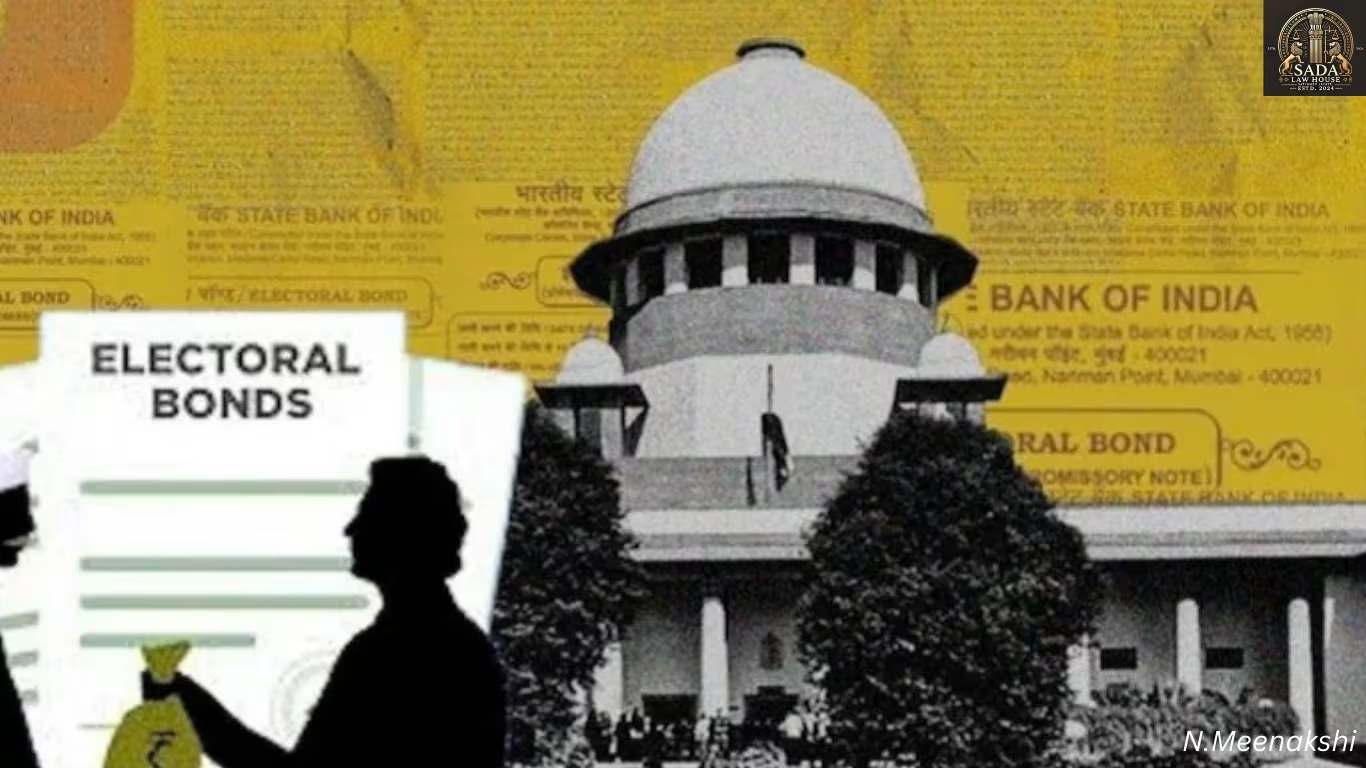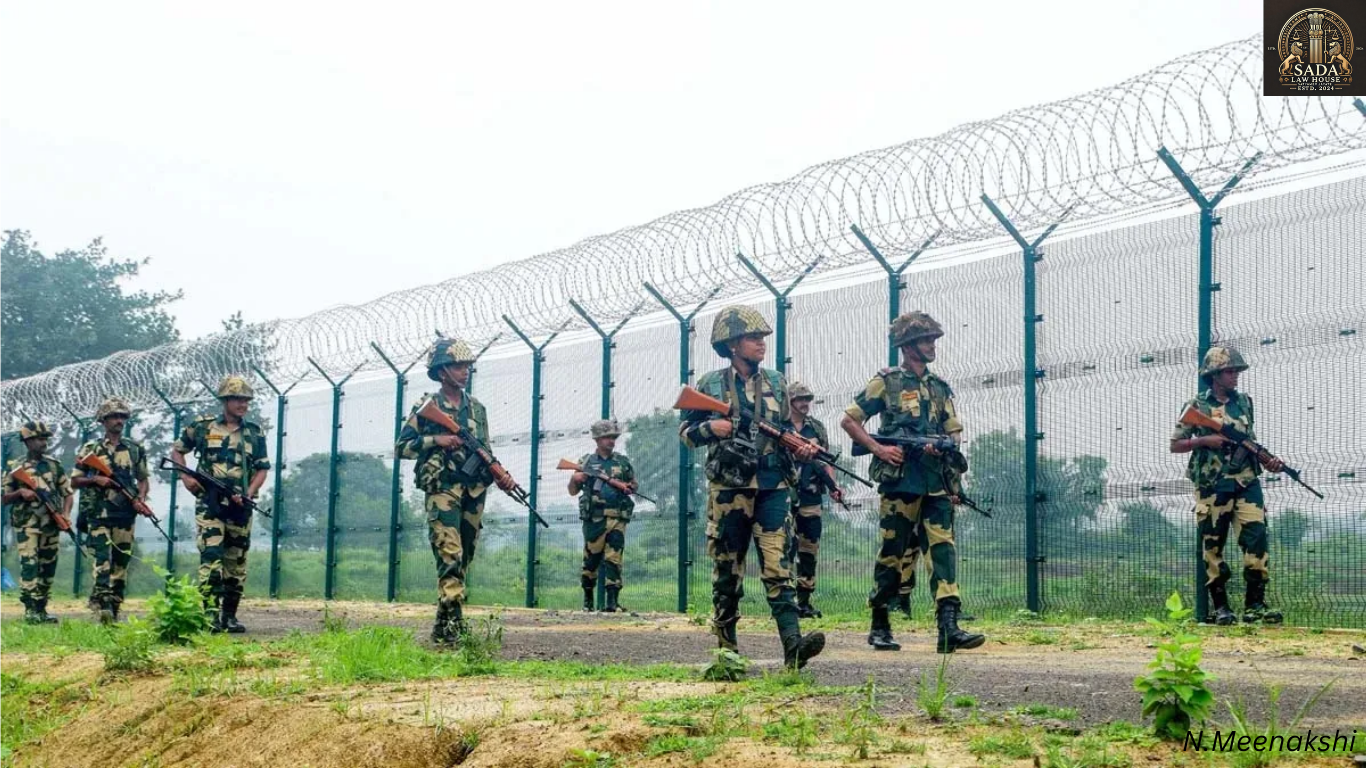Bombay High Court Allows Animal Sacrifice at Vishalgad Fort During Urs Festival Amid Protests
- KASHISH JAHAN
- 06 June 2025
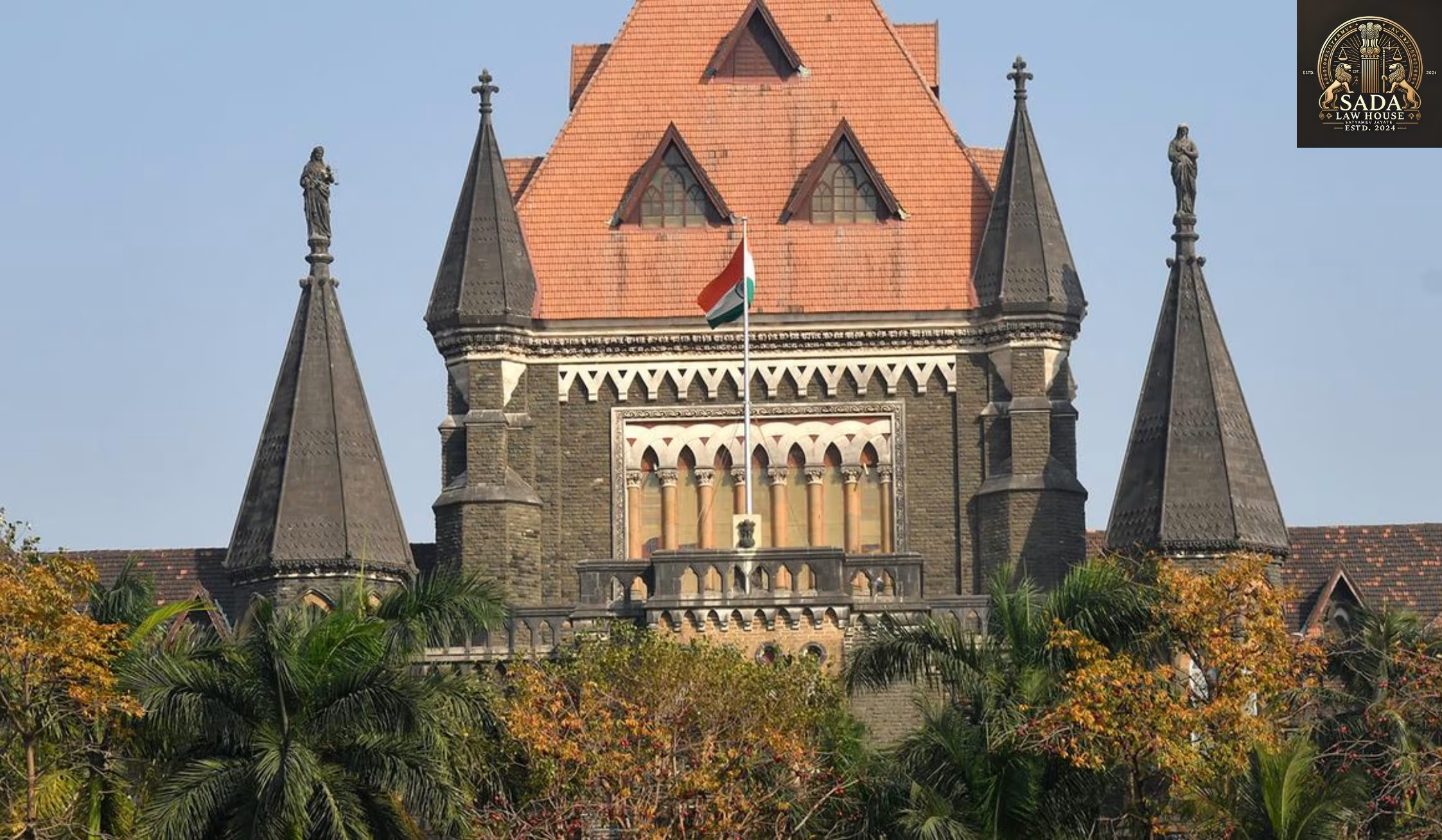
The Bombay High Court has permitted animal sacrifice during the Urs festival at Vishalgad Fort, Maharashtra, amid right-wing protests. Discover the court’s ruling, public response, and broader impact on religious freedom and heritage conservation.
Judicial Intervention in Religious Practices
The Bombay High Court has approved animal sacrifice in connection with the Urs festival at the Hazrat Peer Malik Rehan Dargah, situated within Vishalgad Fort in Maharashtra, India. The court’s decision has triggered criticism from various right-wing groups, reopening discussions around religious freedom and historical site preservation.
Conditions Set by the Court
The ruling allows the sacrifice to occur on private land located 1.4 kilometers from the fort. Importantly, the court stated that all sacrificial practices must take place within closed premises to prevent public display and ensure adherence to safety and hygiene regulations.
Public Reaction and Rising Tensions
In response, the Hindu Ekata Andolan organized protests demanding a ban on the Urs celebrations and any form of animal slaughter in or around the fort. The group has urged the Maharashtra State Government to file an appeal in the Supreme Court of India, arguing that the decision could set a concerning precedent for religious activities in historically significant locations.
Balancing Religious Rights and Cultural Heritage
This development underscores the delicate balance India must maintain between respecting religious practices and protecting cultural landmarks. The judiciary’s role is pivotal in mediating such complex conflicts where legal, emotional, and historical values intersect.
Conclusion: A Landmark Ruling with Far-Reaching Impact
The Bombay High Court’s decision reflects the ongoing challenge of safeguarding constitutional rights while preserving India’s heritage. As the case potentially moves toward the Supreme Court, it may shape future interpretations of religious freedom and public interest. For now, the ruling serves as a reminder of the judiciary’s role in bridging tradition and modern governance in a diverse society.
Live Cases



